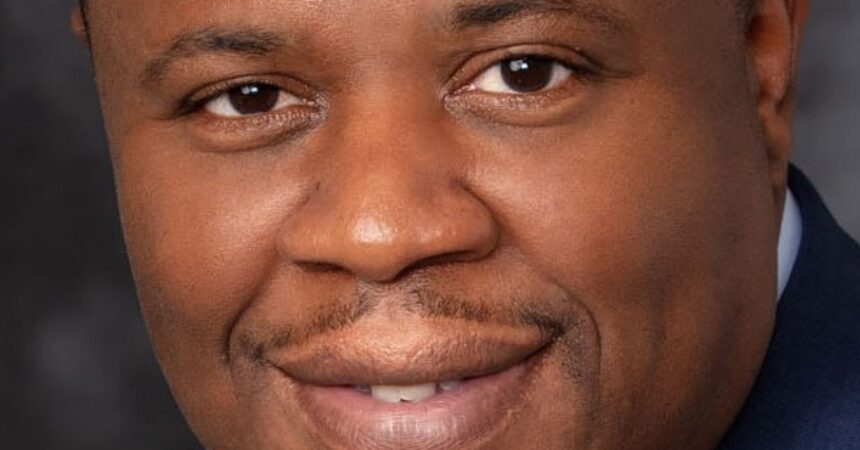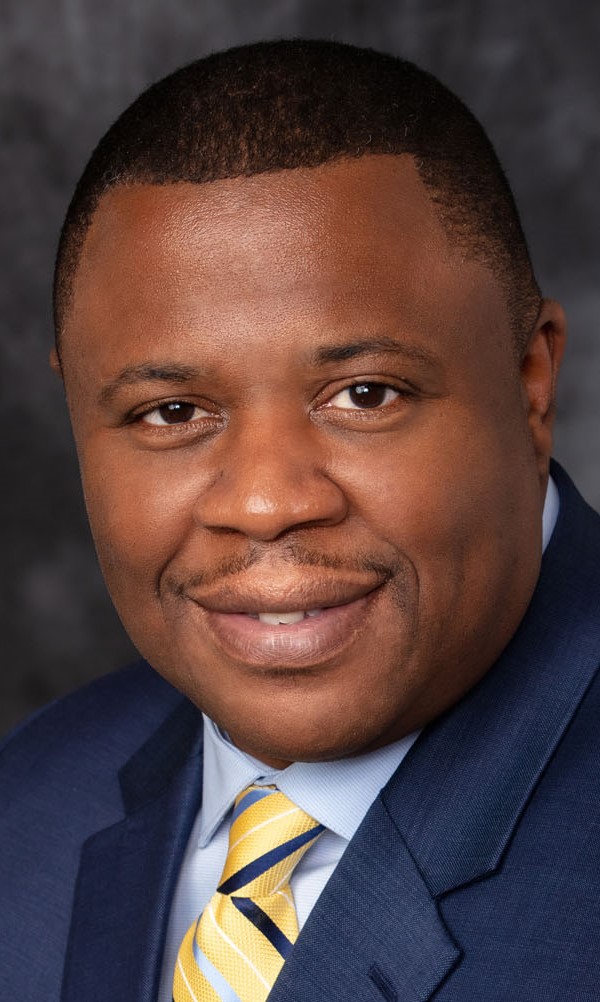
Against the Grain II
An HBCU has mastered the modern art of relativity

Many associated with Florida A&M University regard the Frederick Humphries era as one of FAMU’s greatest. The accolades garnered during his tenure are undeniable. Not the least of which is FAMU’s No.1 ranking by Princeton Review. That ranking was not as the best HBCU in the nation, but the best college overall.
Humphries was able to raise millions of dollars for the university. In a parallel effort, Sybil Mobley was able to raise the profile of FAMU with her absolutely groundbreaking approach to education of college students for corporate America in the FAMU School of Business and Industry.
It is no coincidence that during the Humphries’ tenure, athletics had amazing success. It was successful because he not only supported athletics, but took a personal role in ensuring each coach that he supported them.
The volleyball program became the first HBCU to host an NCAA Regional tournament on campus. Not only did it bring both the University of Florida and Stanford to Gaither Gymnasium, it also included an ESPN broadcast.
In football, Black College Football Hall of Fame coach Billy Joe brought his version of the West Coast offense and made it into the Gulf Coast offense, winning Joe and the Rattlers the 1998 black college national championship. During this time, attendance was phenomenal.
FAMU brought in successful Tallahassee Community College basketball coach Mike Gillespie and the basketball program took off. During Gillespie’s tenure, he won two MEAC championships and brought in Terrence Woods who would lead the NCAA in three-point shooting for two consecutive years.
Additionally, the Marching “100” exploded in popularity. In 1985 the band was awarded the “Marching Band Heisman,” the Sudler Trophy. This award is given to the best band in the country. Not before or since has another HBCU band earned that award of excellence.
Just like the University of Alabama is craftily using the success of Nick Saban’s Crimson Tide football team to further the profile of the university, FAMU did the same under Humphries. For the first time in school history, the University of Alabama’s student population of out-of-state students has exceeded the in-state population.
Why is that? Has Alabama’s academic institutions elevated that much? Have they all-of-a-sudden been deemed a premier academic school? If you want a detailed answer, Google search “Is Nick Saban Underpaid…,” by USA Today. At some point during my employment at FAMU, I sent the article to every trustee.
Since the success of Saban on the football field, interest in the University of Alabama has skyrocketed. Merit Scholars want to enjoy their social lives and they want to be a part of a winning tradition.
I have personally written to all FAMU presidents, some while working on campus. I have tried to convey how athletics can help accent the academic profile of an institution. Heck, we used it in the 1990s and early 2000s. The collaboration of the elements together make for a marketing effort unlike any other. Enrollment, National Merit Scholars, premier athletes and corporate investment all accompanied the success and raised profile of the university with a joint investment in athletics.
Supporting athletics would also lead to stability in leadership. FAMU has had a carousel of athletic directors, who average very short terms in the position. Without a long-term plan being executed, the department of athletics will never be able to flourish. This might also explain the rise of Bethune-Cookman over FAMU in athletics over the last few decades. The steady leadership of an athletic director with a 31-year tenure solidified the program as the university was on one accord with athletics.
Somebody has figured it out and they have replaced our university in a lot of the areas where we used to lead. Congratulations to North Carolina A&T State University for figuring it out.







